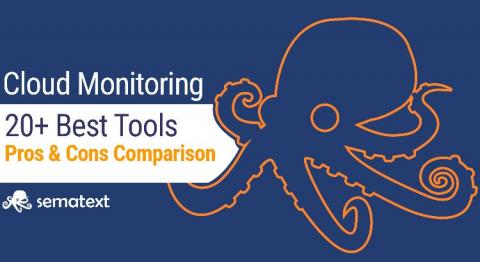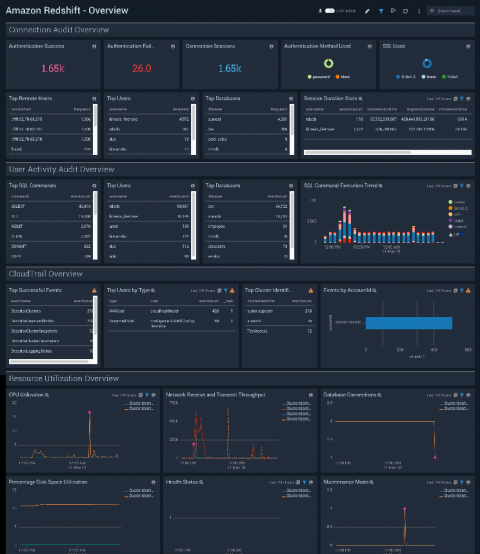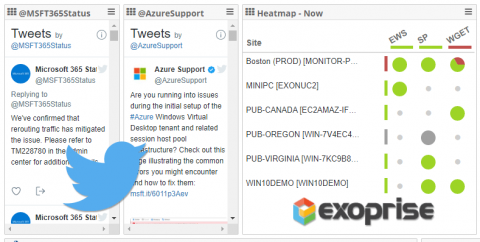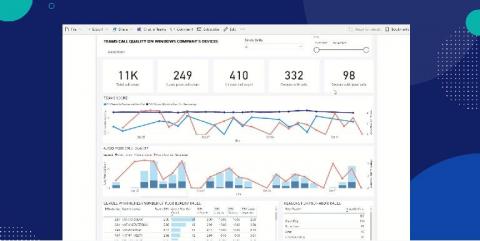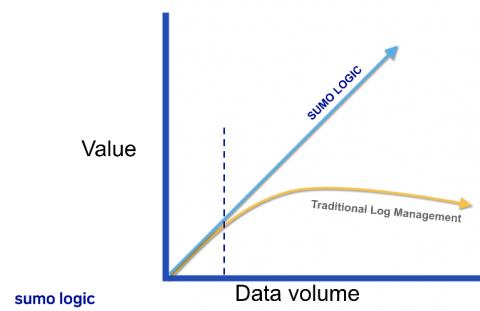Operations | Monitoring | ITSM | DevOps | Cloud
Latest News
The Serverless Journey: From Developer Success to a Cloud Center of Excellence
Though the volume of serverless talks is lower this week, the quality and impact lacked nothing. Two must-see presentations emerged highlighting important practices for succeeding with serverless in the enterprise.
AWS Well-Architected and Serverless: Performance Efficiency
And just like that – welcome to the last part in our “Well-Architected and Serverless” series. We hope it’s been informative, insightful, and fun for you, to explore the five pillars of the AWS Well-Architected Framework (WAF) with us! Read the previous posts: Part 1: Security Pillar Part 2: Operational Excellence Pillar Part 3: Reliability Pillar Part 4: Cost Optimization Pillar So let’s look into the last – Performance Efficiency (PERF) – pillar.
The Evolution of Cloud Cost Optimization - and The Next Strategic Advantage
Every CEO is looking for an edge. Every change in IT — whether we’re talking about the move away from company owned data centers to VMs, or the latest digital transformation we’re seeing today — has always been about gaining a strategic advantage. Companies want to do more at a lower cost, and they want the freedom to pivot quickly without fixed costs.
20 Best Cloud Monitoring Tools of 2021: Pros & Cons Comparison
When providing services to your customers you need to keep an eye on everything that could impact your success with that – from low-level performance metrics to high-level business key performance indicators. From server-side logs to stack traces giving you full visibility into business and software processes that underpin your product. That’s where cloud monitoring tools and services come into play.
How to Monitor Amazon Redshift
6 quick ways to cut cost on your Lambdas
We’ve talked about how serverless architecture is a great option for companies that are looking to optimize costs. Just like with all app building and developments, monitoring the performance of your implementation is crucial and we, the folks at Dashbird, understand this need all too well – this is why we’ve spent the better part of the past year and a half to create a monitoring and observability solution for AWS Lambda and other Serverless services.
Twitter Outage and Support Feeds Integrated with CloudReady Internet Outage Monitoring
Twitter as a social media channel has obviously taken the world by storm. Everything that happens and is trending around the globe takes place or is reported on Twitter. Additionally, most tech and cloud providers offer outage and support feeds through Twitter as a way of communicating problems and notifying customers. Example technology companies include Microsoft for Microsoft 365 Status, Azure and their products. Also Internet Service Providers like Comcast, CenturyLink and more.
Exploring New Integration Opportunities with Azure Data Lake and Power BI
From digital transformation to infrastructure optimization, business analytics and data visualization allow IT stakeholders to make sense of complex situations. You can’t improve what you can’t measure, right? More and more, we see IT organizations combining different sources of information to uncover unique insight, allowing them to detect areas of improvement, find new opportunities, optimize processes and gain that competitive edge.






